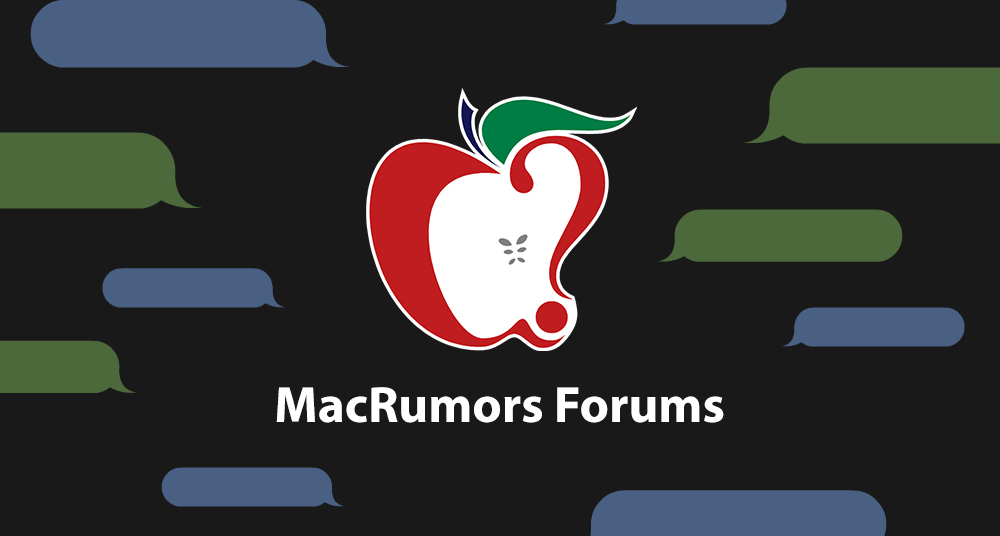I am trying to help an iMac user create a bootable MacOS Sierra or High Sierra USB drive. He has an app that won't run in Catalina and wants to occasionally boot into Sierra/HighSierra to use this app. Ordinarily, this would be simple; format a USB drive as a GUID/HFS+ (Journaled) volume, launch the installer, install to the USB volume using the "Destination Select"/"Show All Drives" option in the installer, install MacOS to it and then boot from it. However, we ran into a problem.
We followed the procedure meticulously (and repeatedly) but when we rn the installer, we found that there was no "Show all disks" button or other disk selection option the Sierra installer; the installer skips from "License" to "Installation Type", neatly avoiding the "Destination Select" step. It offers, instead, to install on the existing boot drive ... which, of course, defeats the purpose of the procedure. We tried this on his iMac (2017, running Catalina) and I duplicated the phenomenon on my work system (2010 Mac Pro, Sierra) with the same result. The obvious solution would seem to be removing the system drive, connecting the USB drive and running the installer at boot so that the USB drive is literally the only drive to which the OS CAN be installed. But this person is no tech and taking apart an iMac is no job for the inexperienced.
I have found almost no mention of this phenomenon anywhere but am hoping that someone can suggest a cause, fix or workaround (other than shutting down my work system, pulling it from its cabinet, pulling the OS drive, plugging in the USB drive, running the installer, pulling the USB drive, reinstalling the OS drive, replacing the system in cabinet, etc., and then shipping him the resultant USB drive ... which is the only route forward I can currently see).
Thanks in advance for the time and energy you spent reading and considering this; resolution or no, it is much appreciated.
We followed the procedure meticulously (and repeatedly) but when we rn the installer, we found that there was no "Show all disks" button or other disk selection option the Sierra installer; the installer skips from "License" to "Installation Type", neatly avoiding the "Destination Select" step. It offers, instead, to install on the existing boot drive ... which, of course, defeats the purpose of the procedure. We tried this on his iMac (2017, running Catalina) and I duplicated the phenomenon on my work system (2010 Mac Pro, Sierra) with the same result. The obvious solution would seem to be removing the system drive, connecting the USB drive and running the installer at boot so that the USB drive is literally the only drive to which the OS CAN be installed. But this person is no tech and taking apart an iMac is no job for the inexperienced.
I have found almost no mention of this phenomenon anywhere but am hoping that someone can suggest a cause, fix or workaround (other than shutting down my work system, pulling it from its cabinet, pulling the OS drive, plugging in the USB drive, running the installer, pulling the USB drive, reinstalling the OS drive, replacing the system in cabinet, etc., and then shipping him the resultant USB drive ... which is the only route forward I can currently see).
Thanks in advance for the time and energy you spent reading and considering this; resolution or no, it is much appreciated.



